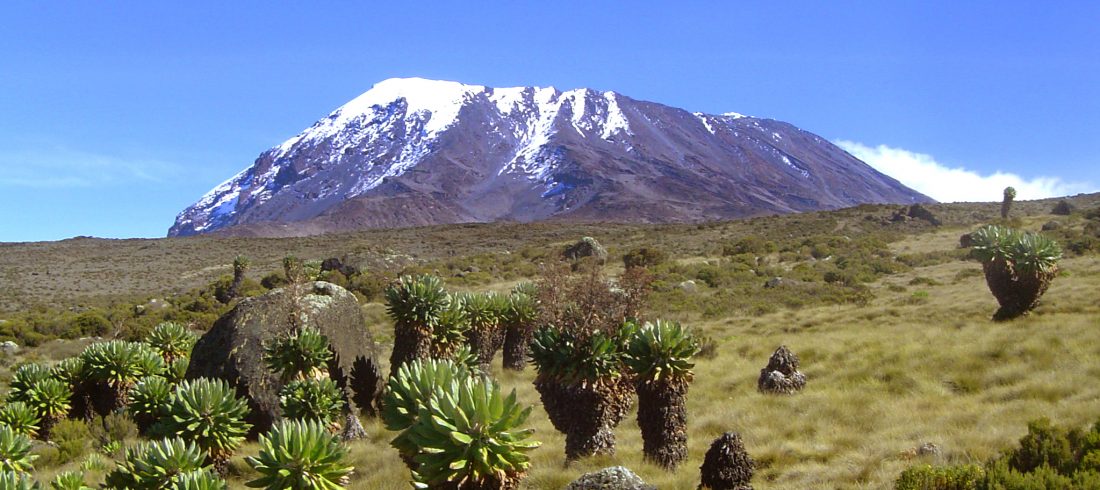
“We, the people of Tanganyika, would like to light a candle and put it on top of Mount Kilimanjaro which would shine beyond our borders giving hope where there was despair, love where there was hate, and dignity where before there was only humiliation”.
Julius Nyrere, 22nd of October 1959
Baba wa Taifa – Father of the Nation
Duel for Kilimanjaro Contrary to popular myth, and as romantic as the ta le must sound, Kilimanjaro is not in Tanzania because of the Victorian foibles of a British Queen and her desire to please her German grandson with a present on his birthday.
Kilimanjaro is in Tanzania today, where it has been since 1896 when the Berlin conference partitioned the continent of Africa among the European powers, because of the complex history of events which preceded the scramble for Africa.
5th of October 1889 is the date when Kilimanjaro finally was conquered. After his first attempt, who was aborted when he had to turn back at 5.575 m, Dr Hans Meyer and an experienced Alpine mountaineer, Ludwig Purtscheller, made it to the summit.
Since its official opening in 1977, Kilimanjaro ‘National Park has become one of Tanzania’s most popular, and most visited, National Park. This park is not famous for its wildlife, like all the other National Parks in Tanzania, but the uniqueness of a snowcapped mountain close to equator, and the chance to climb to the roof of Africa.
Mount Kilimanjaro is the continents highest peak, and one of Africa’s most magnificent sighs. The highest freestanding mountain in the world, rising from cultivated farmlands, through lush rainforest to alpine meadows, and at last in between lunar landscape up to the twin summits of Kibo (5.895 m) and Mawenzi (5.149 m) peaks. The lower forests are home to many animals, including buffaloes, leopards and monkeys, and higher up, occasionally the mountain Eland, but these are all rarely sighted.
There are five distinctive ecological zones on Kilimanjaro, the lower slopes, forest, heath and moorland, highland desert and the summit. Every one of them has its own specifics, influenced by altitude, rainfall and temperature. Each zone covers altitude of close to 1.000 meters, and the temperature drops about one degree centigrade for every 200 meters of ascent.
An active volcano? Kilimanjaro still vents periodic puffs of Sulphur and steam. There have been many discussions, and quarrels about this phenomena. But a thorough study in the 1950s found that the answer to the pressing question of an imminent eruption was that Kilimanjaro was dormant and all but instinct.